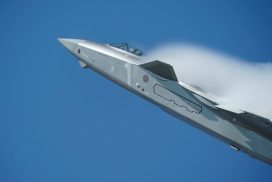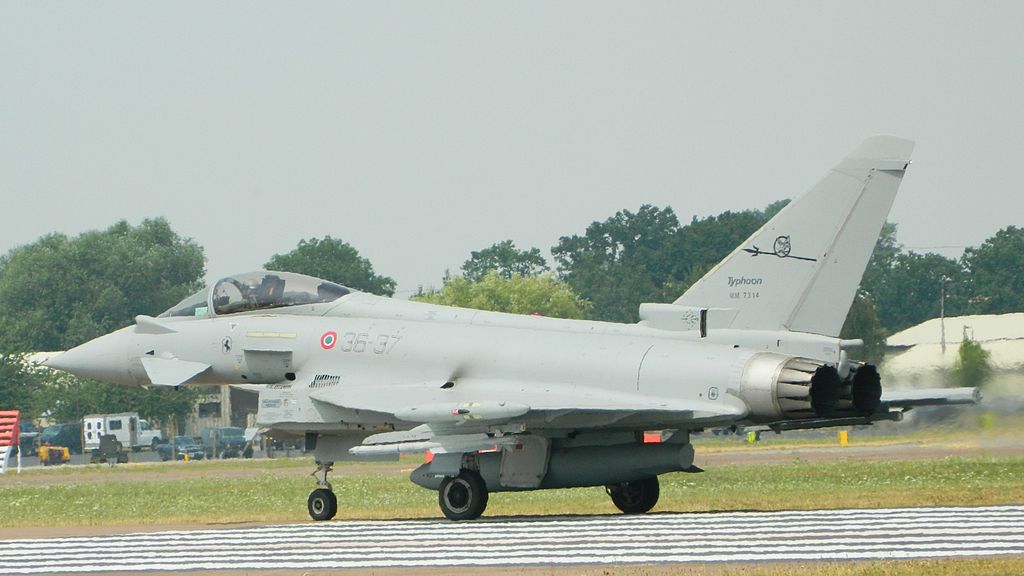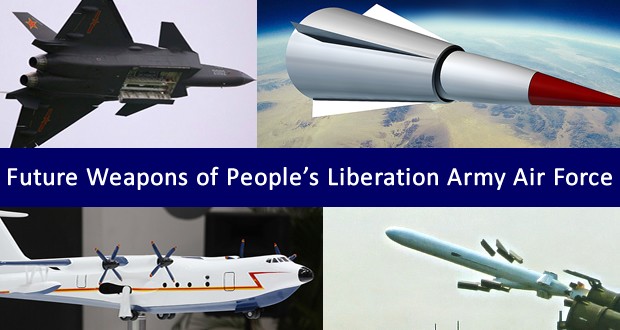div class=”story-para”Russia has carried out a successful test of a sea-based intercontinental missile from a nuclear submarine, the military said Thursday./div div class=”story-para”The test on the new Bulava ballistic missile was conducted in the White Sea off Russia’s northwest coast, military spokesman Igor Dygalo told AFP./div div class=”story-para”“The missile warhead arrived in the foreseen deadline” in the Kura test range in the Kamchatka region of Russia’s Far East, the spokesman added./div div class=”story-para”The missile was fired from the submarine Dmitry Donskoi, which was used for a test which failed last October. Two other tests have failed in recent years./div div class=”story-para”The test comes amid Russian anger at U.S. plans to locate a powerful missile-tracking radar in the Czech Republic, as well interceptor missiles in Poland to combat what it says are threats to global security./div div class=”story-para”Bulava missiles have a range of 8,000 kilometers (5,000 miles) and can be equipped with up to 10 individually targeted nuclear warheads./div div class=”story-para”According to the Russian press, Moscow first tested a Bulava in September 2005 and conducted a first successful test in December of that year. At least 10 more Bulava tests are in the pipeline for 2008, Russian news agencies said./div div class=”story-para”Bulavas are designed to stock Russia’s new Borei class of submarine and Moscow has spoken of their ability to pierce any potential missile shield./div div class=”story-para”On May 29, Russia announced a successful test of the RS24, another new intercontinental missile with multiple warheads that Moscow has presented in response to Washington’s missile defense shield ambitions./div div class=”story-para”Russia has also begun mass production of Topol-M strategic missiles, the land-based equivalent of the Bulava, the country’s First Deputy Prime Minister Sergei Ivanov said on Tuesday./div div class=”story-para”“We are now moving on to a new and very important rearmament stage for both our nuclear strategic forces and our tactical complexes,” he was quoted as saying by the Interfax news agency./div div class=”story-para”“These are not prototypes but mass production,” he said./div div class=”story-para”“I am talking of stationary Topol-M missile complexes but also of mobile ones which can be fitted with different types of warhead, as well as Iskander-M missiles.”/div div class=”story-para”The Topol-M is known to NATO as the SS27 and is a three-stage intercontinental ballistic missile with a range of 10,000 kilometers (6,200 miles) which can be deployed on both stationary and mobile launch platforms./div div class=”story-para”It is 22.7 meters (74 feet) long with a diameter of 1.95 meters and weighs 47 tons./div div class=”story-para”The Iskander-M is a short range tactical missile known to NATO as the SS26./div div class=”story-para”Ivanov announced in July 2006 that by 2015 the Russian armed forces would be equipped with 69 Topol-M missiles and about 60 Iskander-M weapons. /div
Menu
Copyright © 2007- 2025 • Defence Aviation • All Rights Reserved. Reproduction without explicit permission is prohibited.



